More than sixty hectares of greenery, two thousand tall trees, twenty thousand ground cover plants, a ten-thousand-square-meter lawn, an Italian garden, a pond and a waterfall, and then a 1,400-meter bicycle and running path, a playground area with volleyball, basketball, soccer, and tennis courts, the fitness area, the 700-seat green theater, a bar and a food court. These are, broadly speaking, the numbers of Catanzaro’s Mediterranean Biodiversity Park , a splendid green lung located in the heart of the Calabrian capital.
A park that came into being relatively recently: the plan to open a park dedicated to Mediterranean Biodiversity was first presented in June 2001 by the then president of the Province of Catanzaro, Michele Traversa, and Afor, the Region’s Forestry Company. The park was to arise from the reclamation operations of the vast tracts of land that once belonged to the city’s agricultural college and had been in a state of neglect for decades. The reclamation and recovery work started in 2002, following the design of architect Marcella Gariano and engineer Pierluigi Mancuso, with the first lot being inaugurated as early as May 2004: the first 13 hectares of the park thus opened to citizens. Work then continued over the next four years, with the extension of the first core of the Mediterranean Biodiversity Park and the installation of new areas, mainly dedicated to games and sports. Then, in 2005, the opening of the CRAS (Center for the Recovery of Wild Animals), and in 2006 the birth of the International Sculpture Park, which has been enriched with works of art from year to year and now features works by major international artists: you can admire works by Dennis Oppenheim(Electric Kisses), Mauro Staccioli(Catanzaro ’11), Tony Cragg(Cast glance), Jan Fabre(The man who measures clouds), Mimmo Paladino(Witnesses), Michelangelo Pistoletto(Love difference), Wim Delvoye (Betoniera), Marc Quinn(Totem), seven iron sculptures from Antony Gormley’s Time Horizon cycle, and more. Then, in 2007, the Leprechaun Playground and the Valley of the Mills were opened: the former is a 1,350-square-meter space reserved for children, with an indoor play area, while the latter is a vast 48-hectare nature trail, with a large equestrian center inside.
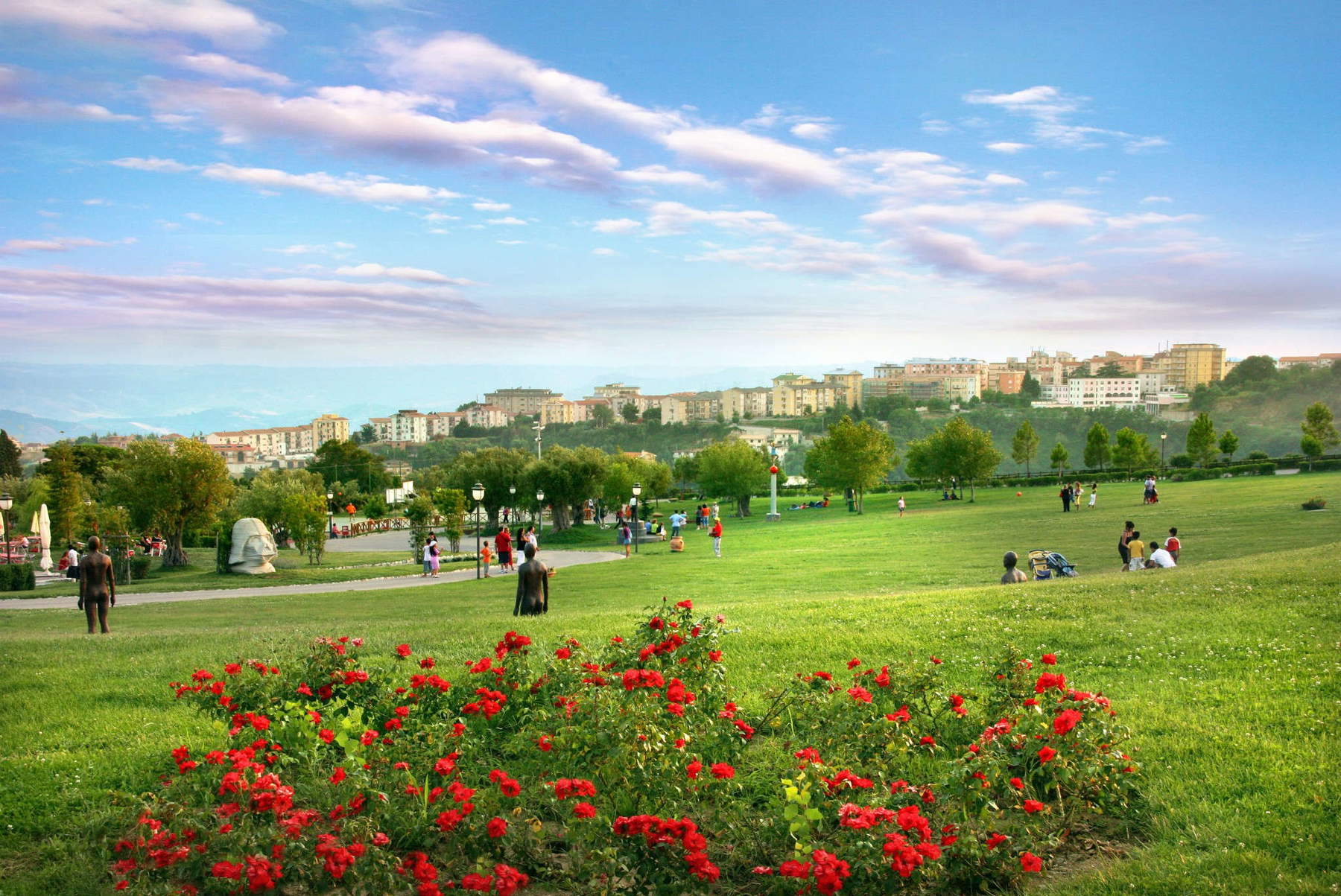

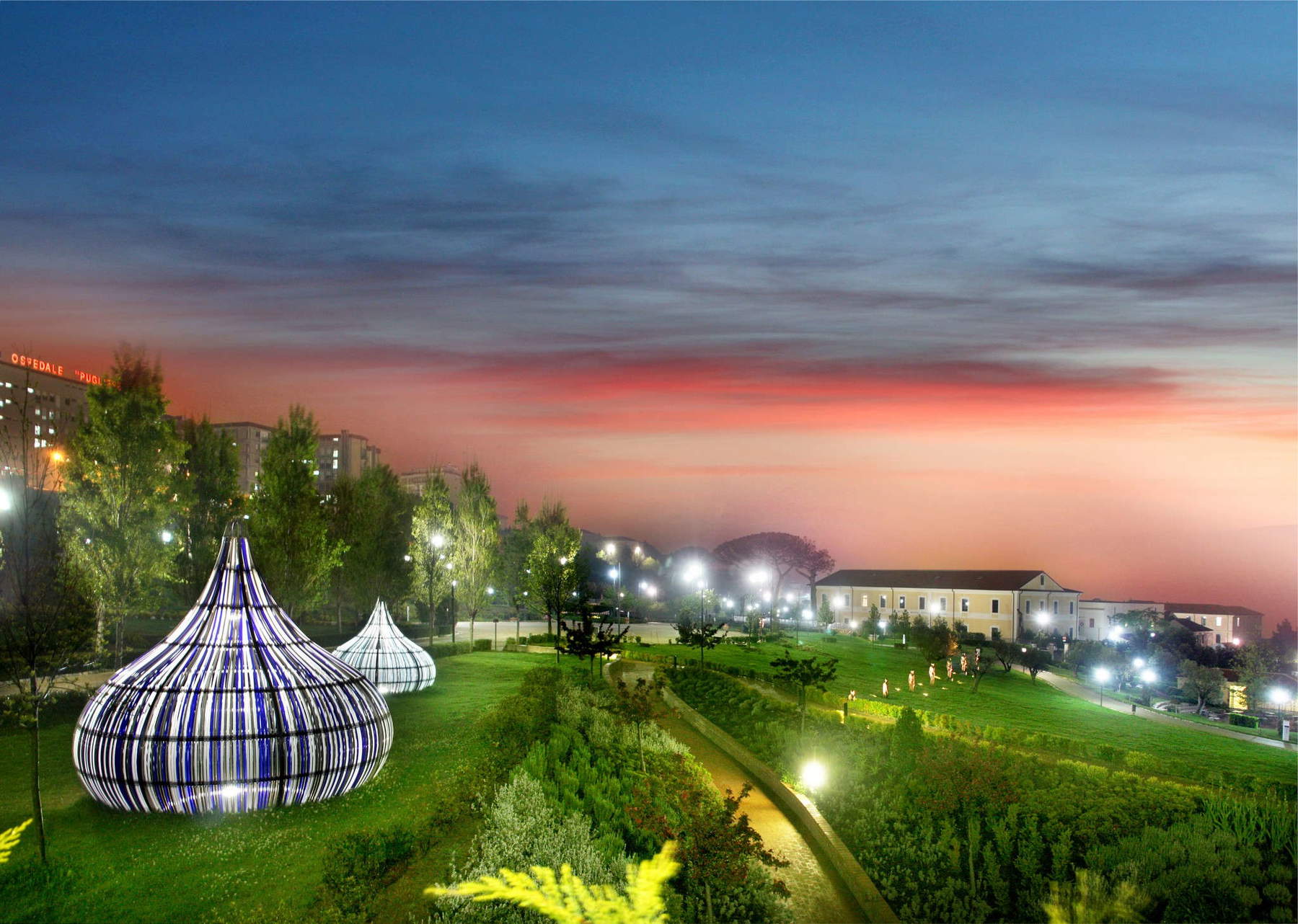
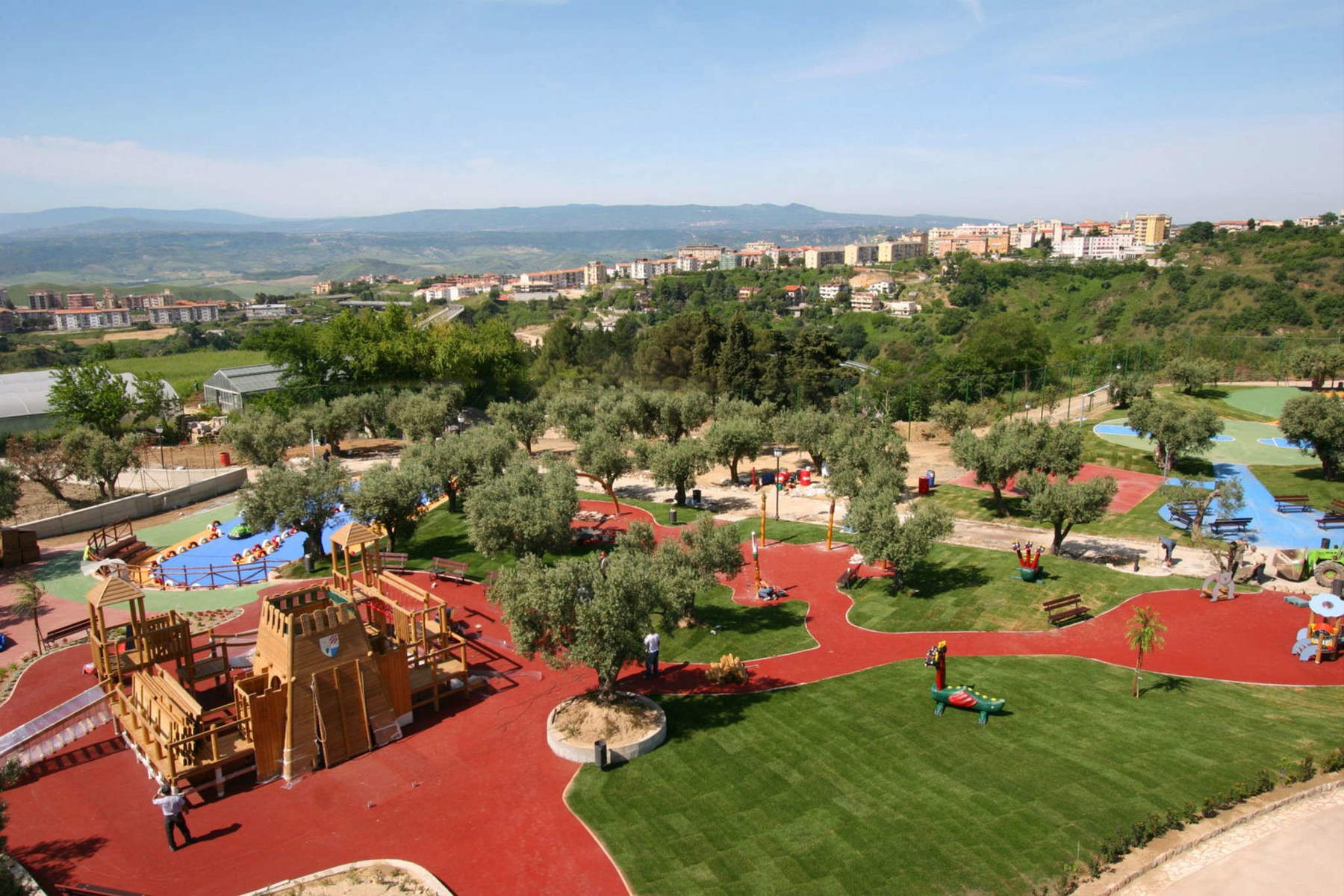
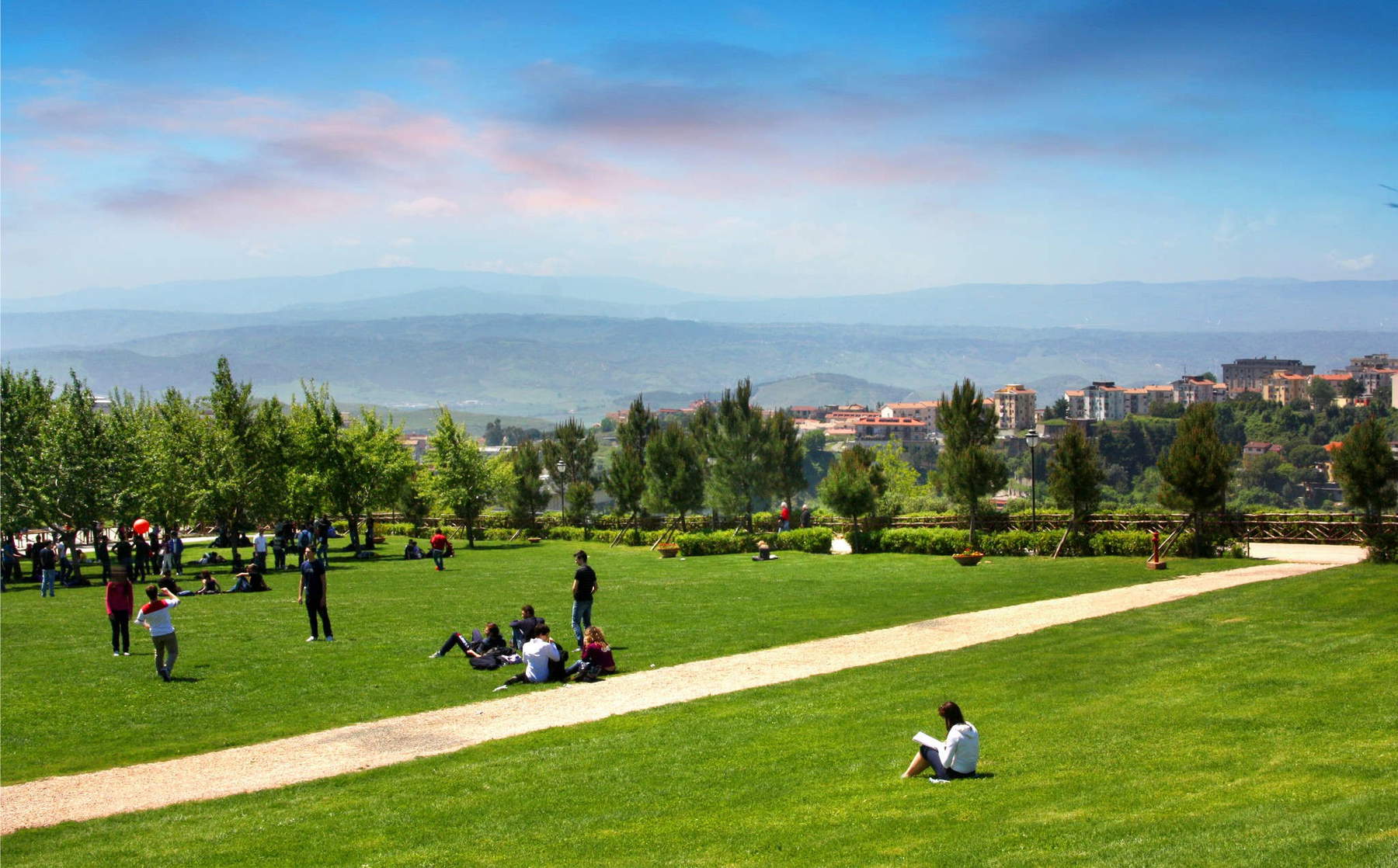
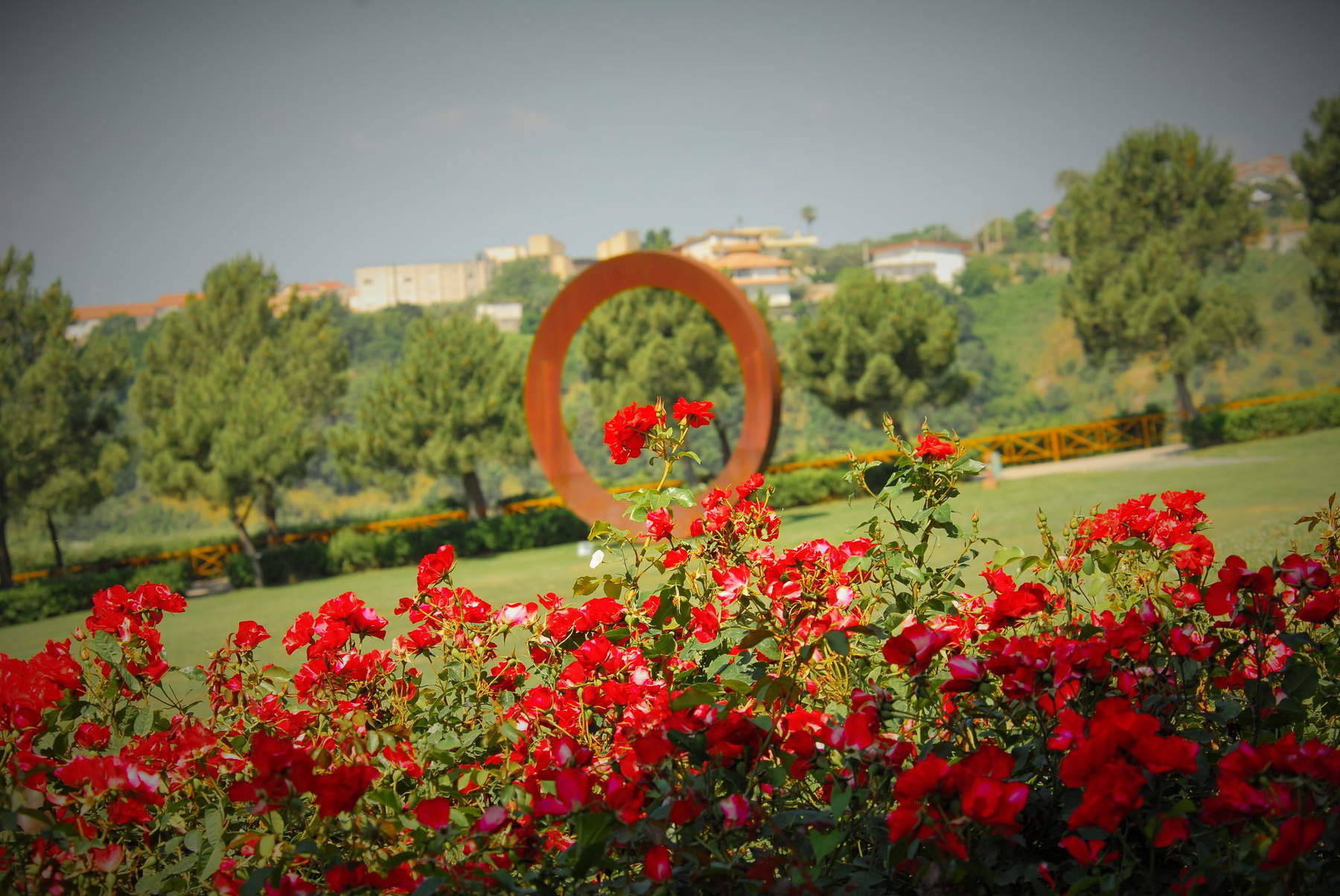
Among the various attractions of the Mediterranean Biodiversity Park is its labyrinth, a pathway covering an area of 600 square meters, which opened to the public in 2004, at the same time as the park’s inauguration. It is a peculiar maze, because it lacks a defined center: it is therefore not a labyrinth that has an end goal, like most structures of this type. Or rather: the goal is not to reach the center of the labyrinth but ... to get out of it. Thus, one can follow various paths, or one can retrace one’s steps knowing that one will not necessarily find oneself going down the same path. That of the labyrinth in the Catanzaro Biodiversity Park is not a very common pattern, but there are similar ones: one could cite as an example the labyrinth in the Bufalini Castle in San Giustino, near Perugia (which, however, has a more intricate pattern).
The labyrinth in Catanzaro Park then has a peculiarity: towards the middle of the path there is in fact a kind of shortcut that allows one to exit immediately without having to go all the way through. However, it is not difficult to find a way out of this maze, also because the hedges are short and do not exceed our height, thus ensuring that those who enter the maze always have ... the situation under control. One thousand laurel hedges(laurus nobilis of the lauraceae), a plant that lends itself to this type of plant structure because it is easy to maintain and shape, although labyrinths with laurel hedges are not so common (other essences, such as boxwood, are usually preferred).
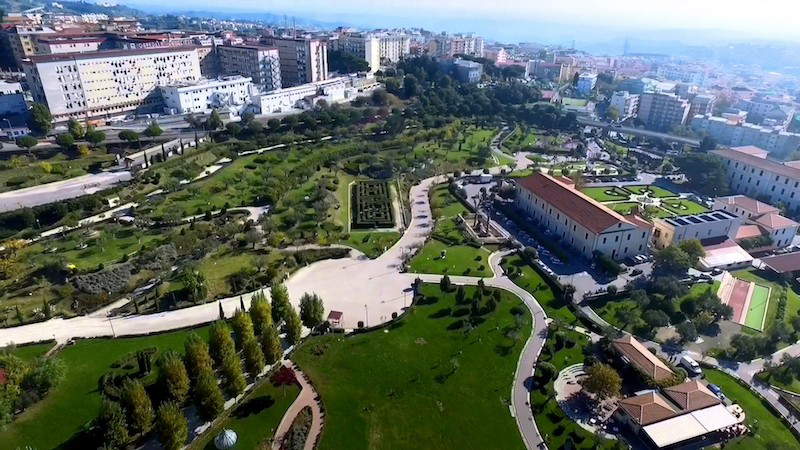
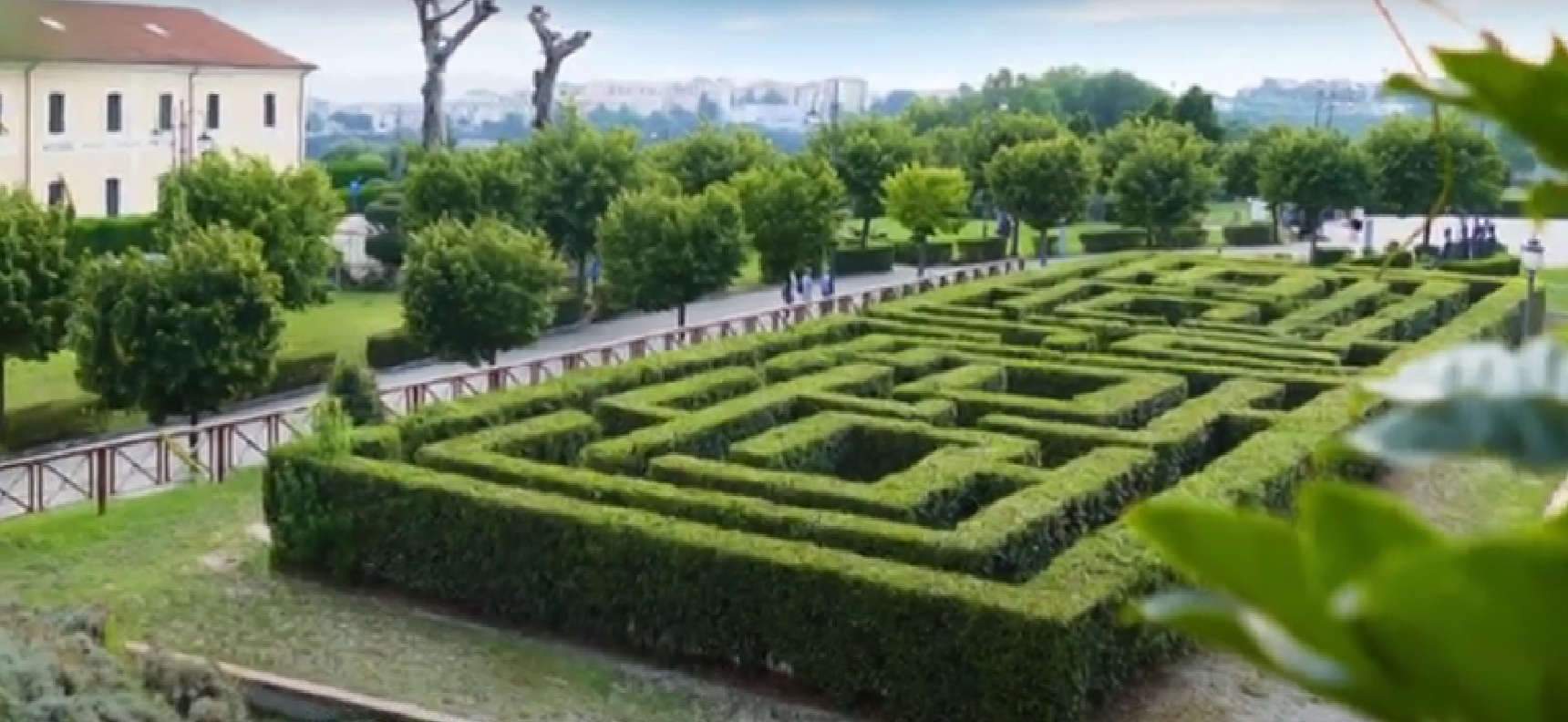
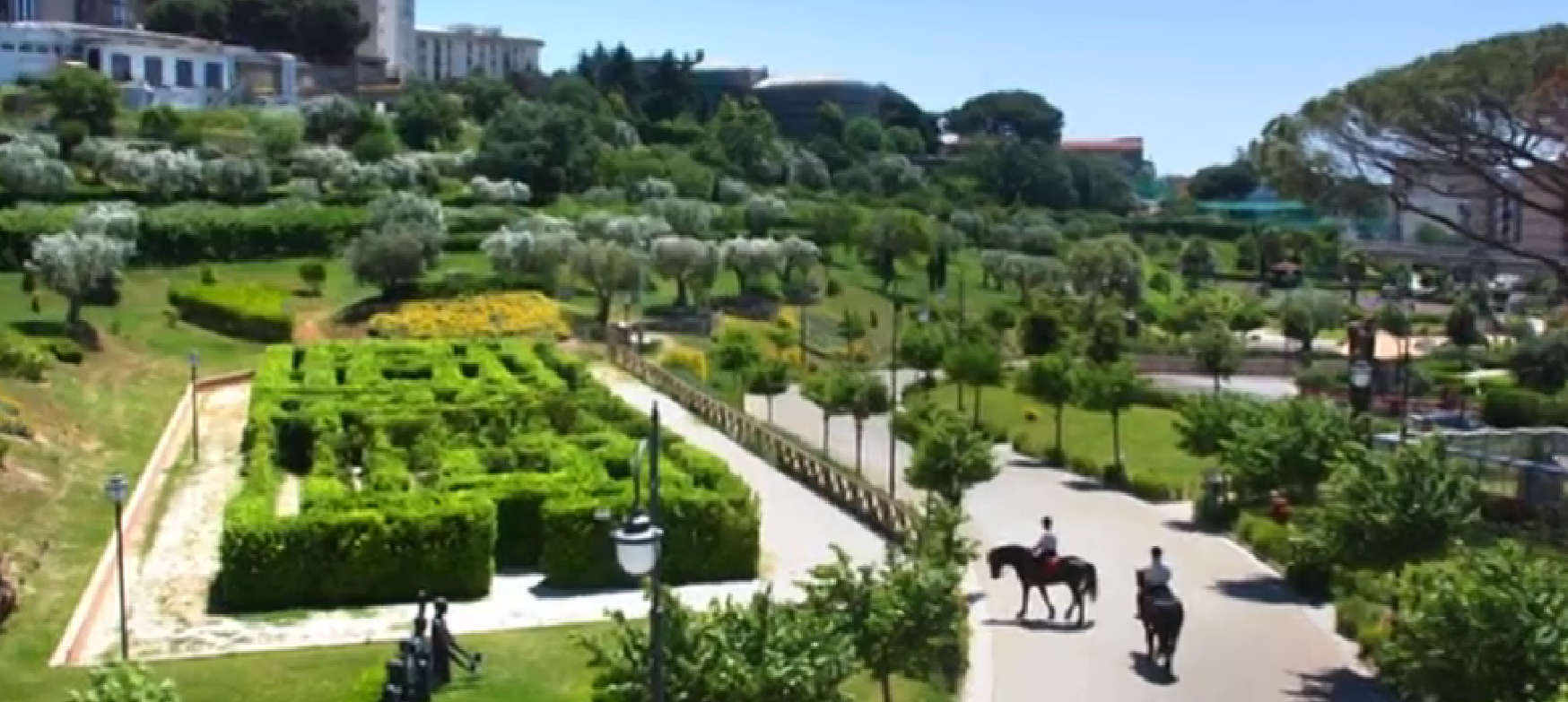
In 2011, Catanzaro’s Mediterranean Biodiversity Park also received the “The City for the Green” award, which that year was reaching its twelfth edition, and which each year, on the initiative of the publishing house Il Verde Editoriale, rewards the best urban green projects in Italian cities. The jury had evaluated the strong and positive impact that the Mediterranean Biodiversity Park had had on the city of Catanzaro, considering it an excellent investment for the future of the Calabrian capital, a model to be imitated and an excellence in the field of environmental management. “The Biodiversity Park,” said the then provincial president Wanda Ferro, “has undoubtedly improved the quality of life of the citizens of Catanzaro and the many visitors who come from every corner of the region to spend a few hours in serenity and joy among the greenery and the many attractions that year after year enrich its potential.”
Today the Mediterranean Biodiversity Park is one of Catanzaro’s main attractions, a regular meeting place for citizens, a place where sports lovers go for physical activity, a contemporary sculpture park with few other equals in southern Italy, home to numerous attractions for children, and, of course, a place where a well-maintained and well-maintained labyrinth stands that makes this park even more attractive.
 |
| The centerless labyrinth of Catanzaro's Mediterranean Biodiversity Park |
Warning: the translation into English of the original Italian article was created using automatic tools. We undertake to review all articles, but we do not guarantee the total absence of inaccuracies in the translation due to the program. You can find the original by clicking on the ITA button. If you find any mistake,please contact us.